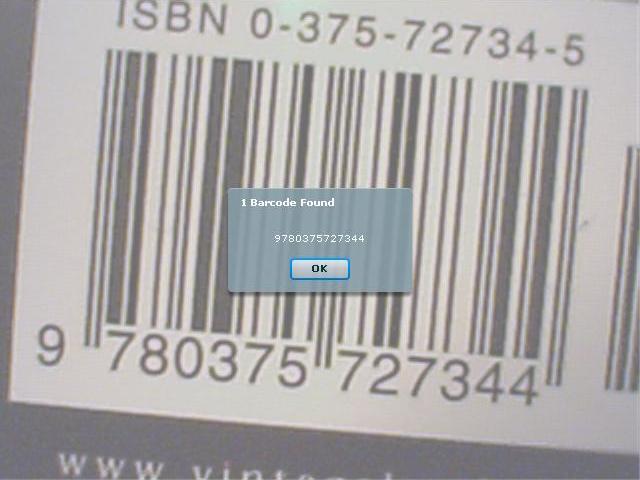I’ve been using Quicken for about four years to track our household finances, pay bills, and manage investments. The software is…inelegant, to put it politely. The user interface could do with a bit of refactoring to say the least. But, all things, considered, it does the job as well as anything else out there, and I saw no reason to change. Until now.
Here’s the screen that Quicken presented to me a few weeks ago:
Now, the problem here is the somewhat misleading language. The term “Online Services” is vague in the context of Quicken – it could mean the functionality that allows you to download financial information about investments from Quicken.com, or it could mean the ability to download your banking information from your own bank. It would appear that Quicken is trying to imply that as of April 2008, you won’t be able to download information from your bank, data which is downloaded directly from the bank, not through Quicken.com.
If that’s the case, this appears to be a fairly strong-armed attempt by Intuit to force users to upgrade to the new version of Quicken, a version which, by all accounts, does pretty much the same thing as Quicken 2005. Anyone know for sure if this is the case?
This isn’t the only Quicken defect that is bugging me. Upon our return to Canada, I re-added my Mastercard account to Quicken, only to have it refuse to import the downloaded data from the Bank of Montreal:
Downloaded transactions are in a currency other than US Dollars. Online banking can only be used with accounts in US Dollars.
Let’s see if I’ve got this right: Quicken contacts the server, downloads the data for my account, pulls it in and recognizes that the account is in Canadian dollars, and then decides to block the import. Last I checked, numbers are numbers. I manage Canadian dollar accounts from within Quicken without any problem – why is this any different? In fact, I used the copy of Quicken 2004 I bought in Canada when I first arrived in the US without a similar problem. What gives?
Oh right – it’s another wonderful way to wring money from existing customers. Bravo Intuit. Bravo.


